When examining the intersection of pickup trucks and semi trailers, the question “Can a pickup legally pull a semi trailer?” emerges frequently among truck enthusiasts, commercial operators, and transportation agencies alike. This inquiry reflects a complex web of legal considerations, practical insights, and safety regulations that must be navigated by operators. In this comprehensive guide, we will dissect the various facets of towing semi trailers with pickup trucks, providing a clear outlook on legality, safety, and operational efficiency.
Understanding Towing Classifications
Before delving deeper, it’s crucial to understand the different classifications that regulate towing capacities and vehicle types. These classifications largely influence whether a pickup can legally tow a semi trailer.
Vehicle Classes Explained
| Vehicle Class | Description | Typical Weight Capacity |
|---|---|---|
| Class 1 | Light-duty vehicles (e.g., standard pickups) | Up to 6,000 lbs |
| Class 2 | Medium-duty vehicles (e.g., larger pickups, some SUVs) | 6,001 – 10,000 lbs |
| Class 3 | Heavy-duty vehicles (e.g., larger trucks and vans) | 10,001 – 14,000 lbs |
| Class 4 | Trucks and trailers for commercial applications | 14,001 – 16,000 lbs |
| Class 5 | Medium-heavy trucks, often used in commercial settings | 16,001 – 19,500 lbs |
| Class 6 | Heavy-duty trucks for serious loads | 19,501 – 26,000 lbs |
| Class 7 | Commercial vehicles and heavy-duty trucks | 26,001 – 33,000 lbs |
| Class 8 | The largest trucks typically used in freight transport | Over 33,000 lbs |
Those operating semi trailers typically find their vehicles classified as Class 8 due to their significant weight. In contrast, most pickups fall within Classes 1 to 3.

Can Pickup Trucks Legally Tow Semi Trailers?
Weight Limits and Regulations
To address the primary question: yes, pickup trucks can legally pull semi trailers under certain conditions. The legality is contingent upon a variety of factors:
Weight Ratings: It is essential that the combined weight of the pickup, trailer, and any cargo be within allowable limits. The maximum weight your specific vehicle can tow—known as the Gross Combined Weight Rating (GCWR)—must not exceed the manufacturer’s specifications.
Towing Equipment: Proper towing equipment—including hitches, brake systems, and safety chains—is vital for compliance and safety. Ensure that the towing capacity of the pickup aligns with the requirements of the semi trailer.
Licensing Requirements: Depending on the weight and configuration, specific licensing may be required for drivers operating such combinations. Drivers may need to hold a commercial driver’s license (CDL) if the total weight exceeds a certain threshold, typically 26,000 lbs.
Regulations Vary by State
Laws governing towing can differ significantly from one jurisdiction to another. Therefore, verifying local regulations regarding towing capacities and licensing is paramount. It’s prudent to consult state transportation agencies or refer to local statutes to ensure compliance.
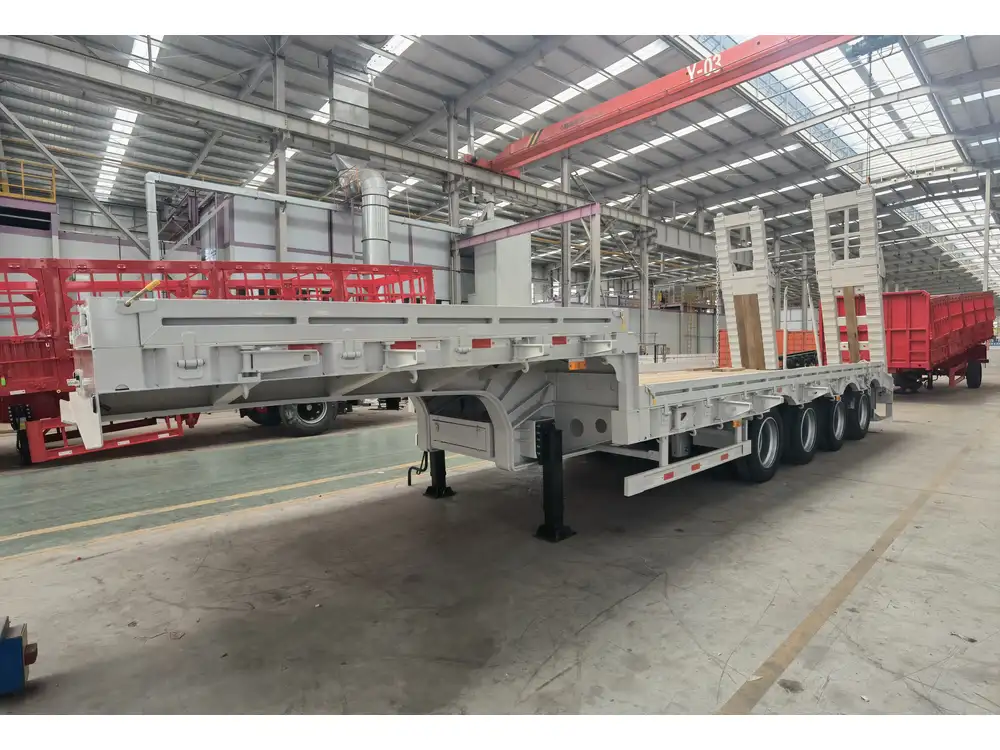
Example State Regulations
Here is a brief overview of regulations from a few select states:
| State | Maximum Towing Capacity (lbs) | CDL Requirement |
|---|---|---|
| California | 10,000 lbs without a CDL | Required for GCWR > 26,000 lbs |
| Texas | No specific cap | Required for GCWR > 26,000 lbs |
| Florida | 10,000 lbs without a CDL | Required for GCWR > 26,000 lbs |
Evaluating the Practicality of Towing Semi Trailers with Pickups
While legal permissions are essential to explore, practical considerations should not be overlooked.
1. Towing Capacity
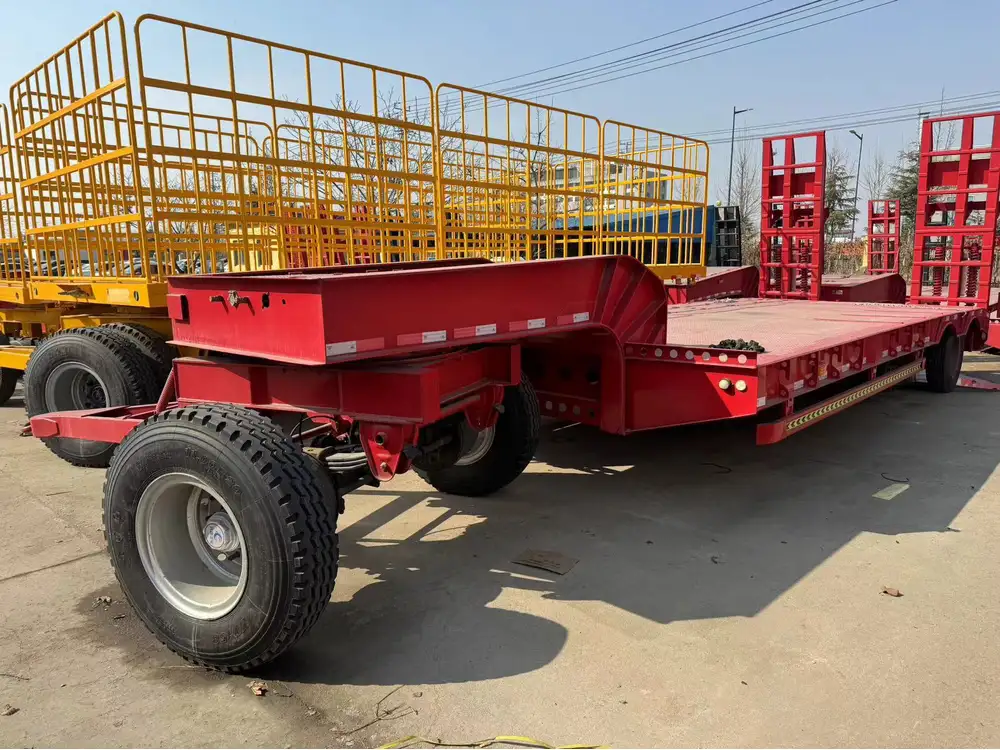
Evaluating Specific Models
Consider popular pickup truck models and their towing capacities. Many newer trucks are equipped with advanced towing technologies, including integrated trailer brake controllers. Here are a few examples:
| Pickup Model | Max Towing Capacity (lbs) |
|---|---|
| Ford F-150 | Up to 14,000 |
| Chevrolet Silverado 1500 | Up to 13,300 |
| Ram 1500 | Up to 12,750 |
| GMC Sierra 1500 | Up to 11,800 |
It is critical to ensure that your pickup can handle the weight and dynamics associated with towing a semi trailer.
2. Trailer Type and Load Distribution
Different types of trailers come with unique weight distributions. Semi trailers are generally heavier than standard utility or boat trailers, requiring more robust driving skills.
Load Considerations
- Ensure cargo is distributed evenly. Improper load distributions can lead to instability and safety hazards.
- Utilize load-holding devices (ratchet straps, etc.) to secure cargo.
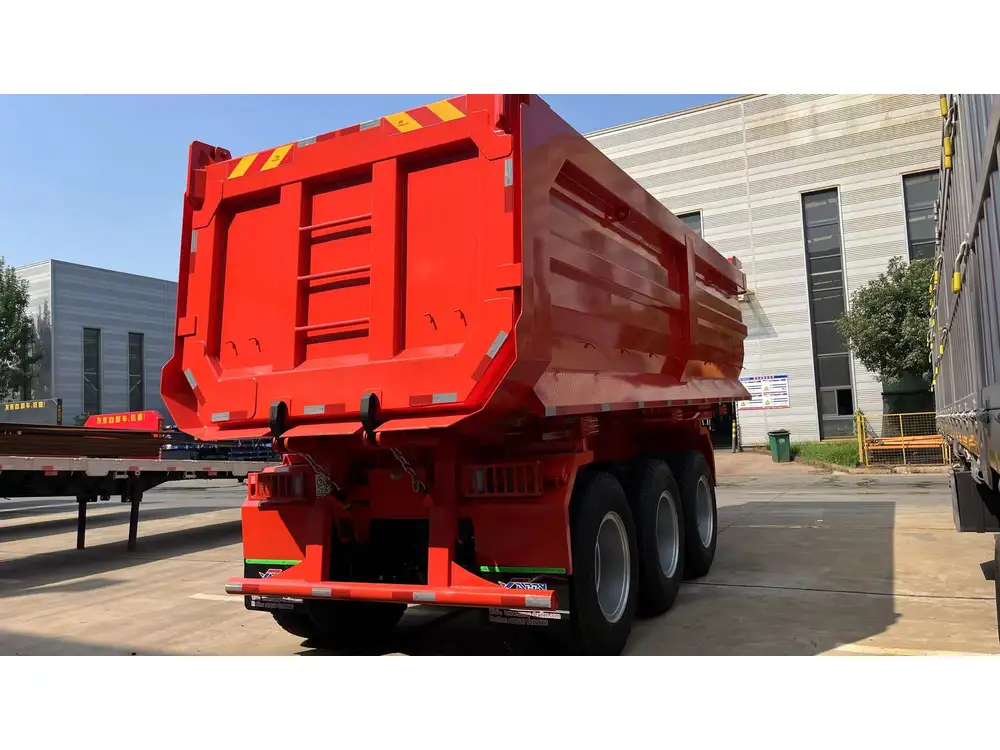
3. Braking Systems
Understanding the braking system is essential for safety. Semi trailers often come equipped with air brake systems, while most pickups utilize hydraulic brakes. Therefore, integrating a brake controller and ensuring compatibility is paramount to avoid accidents.
Towing Equipment Considerations
- Weight Distribution Hitches (WDH): These can help distribute the trailer weight evenly across both axles of the towing vehicle.
- Brake Controllers: A must-have if your trailer has electric brakes, allowing for better stopping capability.
Safety and Legal Implications of Towing Semi Trailers
When towing semi trailers, safety must remain a priority. Considerations extend far beyond the rig’s capabilities; legal implications also carry substantial weight.
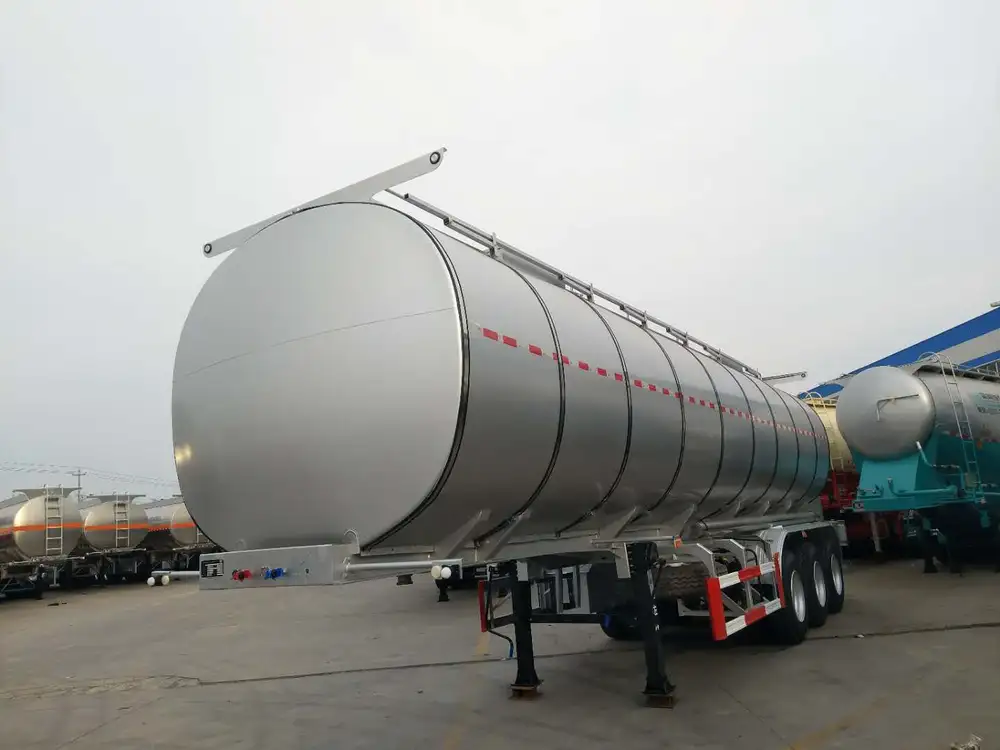
DUI Penalties and Transporting Cargo Safely
Driving a heavy load demands increased awareness and skill. If in violation of load limits or safety laws, penalties can be severe. In many states, DUI penalties can double when engaged in towing.
| Violation Type | Potential Penalties | Added Consequences |
|---|---|---|
| Overweight Violations | Fines up to $5,000 | Points on CDL, possible suspension |
| Inadequate Equipment | Fines starting at $200 | Increased insurance rates |
| Reckless Driving | Fines + possible jail time | Points on driving record |
Importance of Regular Inspections
Operators must conduct regular inspections of their vehicles and trailers, including:
- Tires: Ensure proper inflation and tread depth.
- Connections: Check hitches, safety chains, and electrical connections.
- Brake Functionality: Regularly evaluate braking performance.
Conclusion: Key Takeaways for Towing Semi Trailers with Pickup Trucks
Pulling a semi trailer with a pickup truck is indeed feasible but is layered with nuances that operators must heed:
- Know the Regulations: Familiarize yourself with local, state, and federal regulations regarding towing.
- Understand Your Vehicle: Identify your towing capacity and ensure your truck can handle the trailer type you intend to pull.
- Implement Safety Practices: Regular inspections, equipment checks, and load balancing are paramount to safe towing.
- Mind the Legalities: Legal ramifications require awareness, from licensing needs to load restrictions.
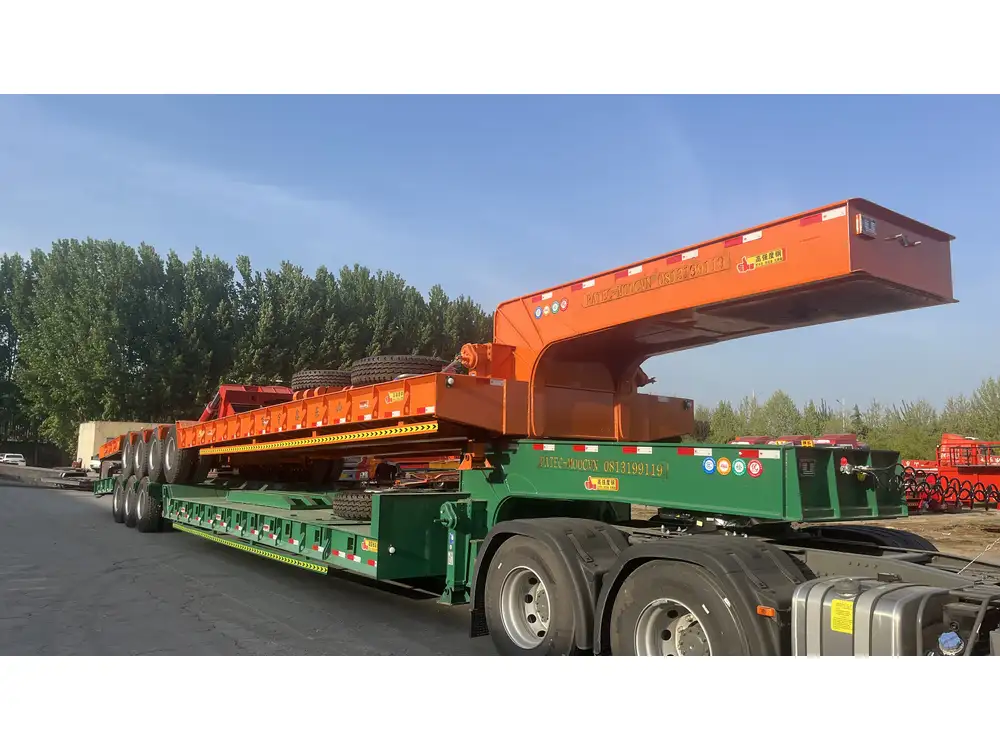
Final Thoughts: Safety First, Compliance Always
Navigating the terrain of towing with pickups is fraught with legalities and practical challenges. Reading the landscape from both safety and compliance angles allows drivers to make informed decisions, ensuring their towing endeavors are both legal and effective.
In light of the above, always prioritize safety and remain informed about regulations to ensure successful towing operations in the complex environment of freight transport.



